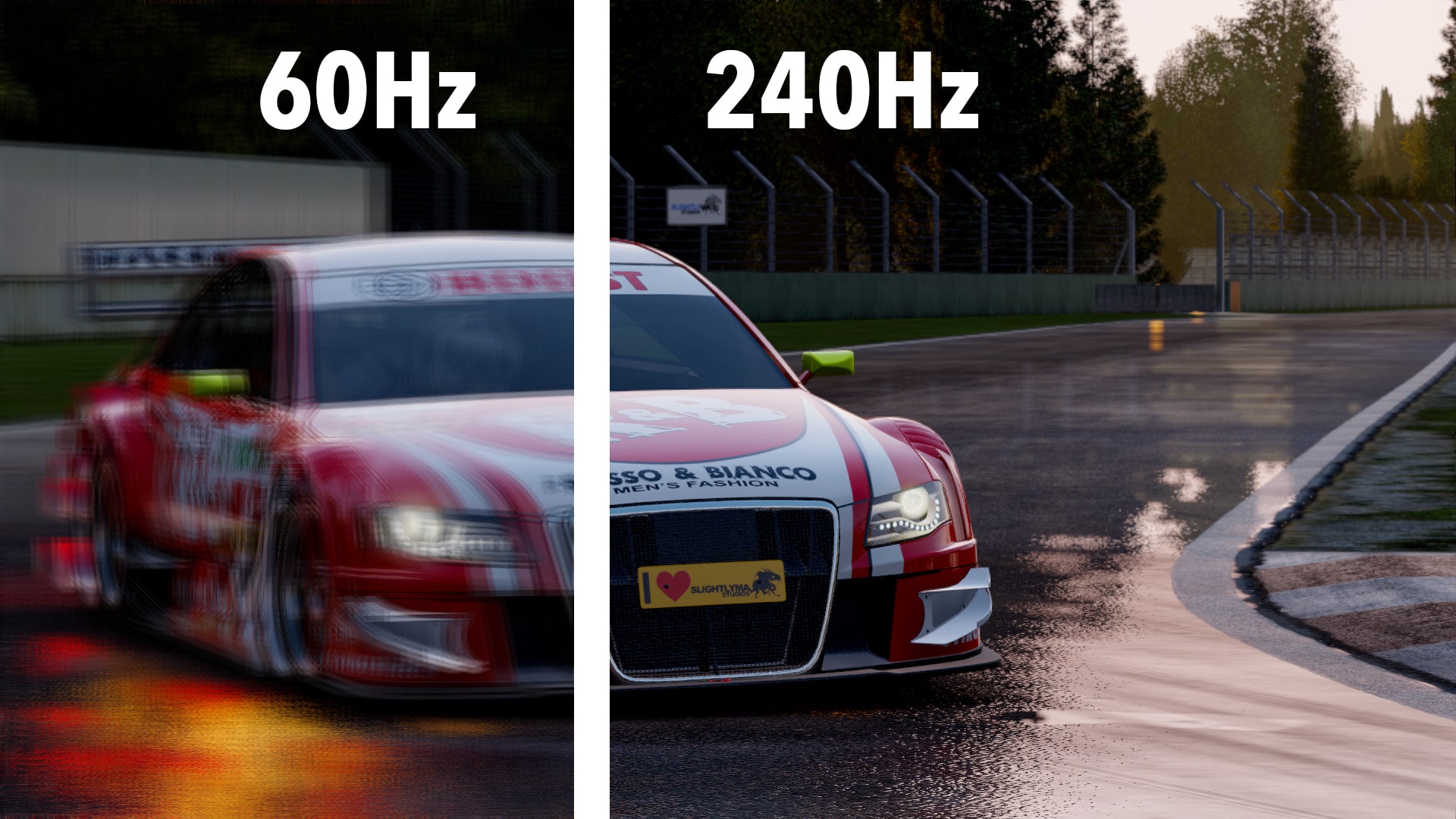144Hz refers to a monitor that refreshes the image 144 times per second, providing a smoother and more fluid visual experience compared to a 60Hz monitor. This increased refresh rate is particularly beneficial for fast-paced games, such as first-person shooters, where a high level of visual detail is required in real-time.
On the other hand, a 240Hz refresh rate takes this to the next level by refreshing the image on the screen 240 times per second, providing an even smoother and more fluid visual experience. This is particularly useful for competitive gamers who require the highest level of precision and responsiveness in their gaming setup.
What is the difference between 144hz and 240hz monitors?
144hz and 240hz monitors refer to the refresh rate of the display, which is the number of times per second that the screen is redrawn. A 144hz monitor refreshes the screen 144 times per second, while a 240hz monitor refreshes it 240 times per second. The higher the refresh rate, the smoother the image appears, reducing motion blur and providing a more fluid gaming experience.
Which is better for gaming, 144hz or 240hz?
For gamers, the higher the refresh rate, the better the gaming experience. So, in theory, a 240hz monitor is better than a 144hz monitor. However, the human eye may not be able to notice the difference between 144hz and 240hz in practice. Also, a higher refresh rate requires a more powerful GPU to run games at high frame rates, so a 240hz monitor may not be necessary for all gamers.
Can a 144hz monitor display 240hz?
No, a 144hz monitor can only display up to 144 frames per second. To take advantage of a higher refresh rate like 240hz, you need a monitor with a refresh rate of at least 240hz.
Does a higher refresh rate mean better image quality?
Not necessarily. A higher refresh rate can improve the smoothness of motion on the screen, but it does not affect the resolution or color accuracy of the display. Other factors like the panel type, color gamut, and contrast ratio play a much bigger role in determining image quality.
Are there any disadvantages to using a 240hz monitor?
One potential disadvantage of a 240hz monitor is that it may require a more powerful GPU to run games at high frame rates. Additionally, some games may not be optimized to run at high refresh rates, which can result in a decrease in performance. Furthermore, a higher refresh rate may not always result in a noticeable improvement in image quality, and the cost of a 240hz monitor is typically higher than a 144hz monitor.
